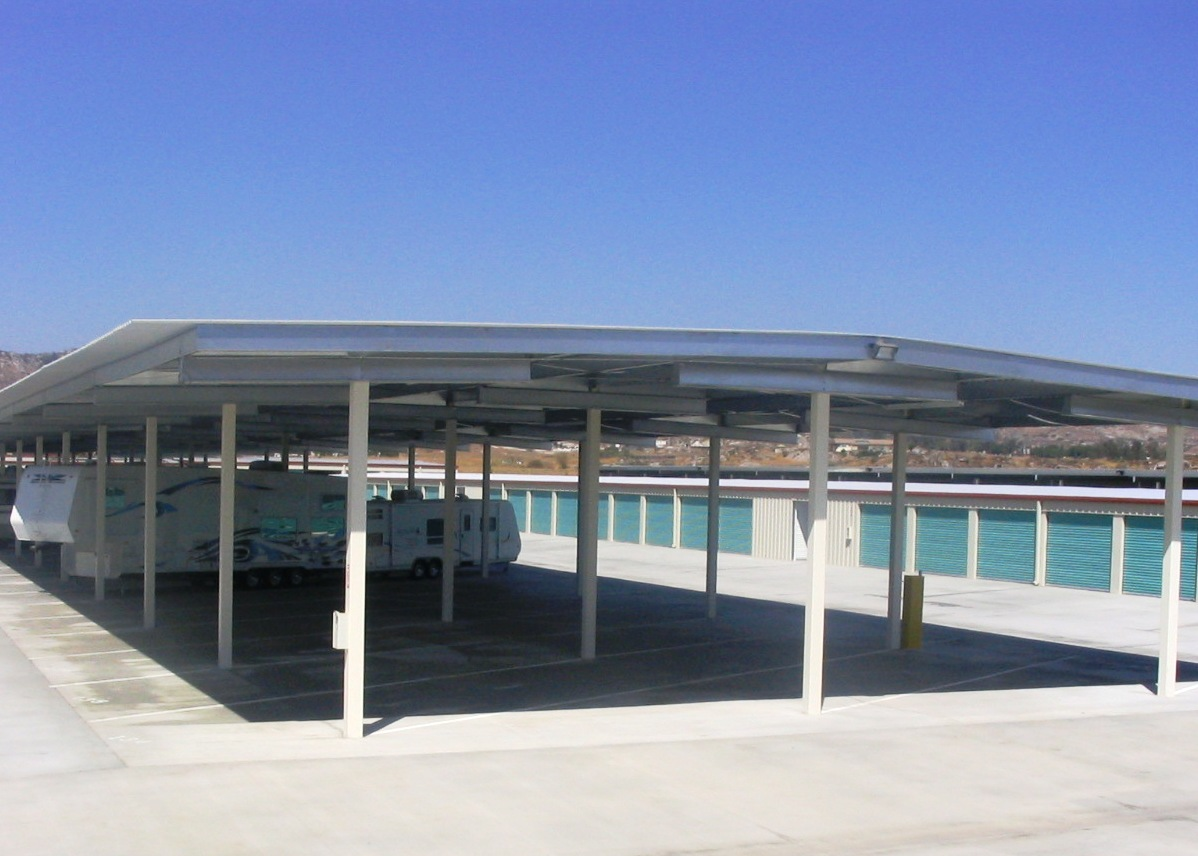
Boat & RV Self Storage Offers A Great Return on Your Investment
Despite a slower economy, boat and RV owners continue to take pride in their toys and look for a place to store them. With the cost of some RVs and boats running into six figures, people who own such luxery items are less likely to be facing financial hardship and more likely to have the disposable income necessary to afford secure storage. While building Boat and RV Storage requires planning and a fairly large lot of land, it presents a great opportunity to turn this type of storage into a healthy profit for your business. This is especially true if you own land near water, camping or recreational facilities. Before you make a commitment to build a new RV and Boat Storage center, here are some of the costs associated with this business venture.
Land Costs
The acquisition of land is among the most expensive parts of the cost to build Boat and RV storage. If you don’t already have a piece of land in mind, figure out how many units you plan to offer in order to generate the revenue you need. The average RV or boat storage unit runs 12’ wide, and a depth of between 40 and 50 feet, or about 600 square feet. This is significantly more space than a traditional storage unit – in total, the facility will need to span around 300,000 square feet. With an average 24-month lease, you can expect to break even on your land costs after a approximately a year or more.
Type of Boat and RV Storage Units
Once you have a piece of land that is big enough, construction costs become the next financial consideration. In the past, Self Storage owners set aside open space on their lots for Boat & RV Storage. While open parking was once the standard, it has become an outdated form of RV and Boat Storage, because it does not offer any security or protection from the elements. The least expensive type of Boat and RV Storage construction is to build canopy storage spaces, which contain a roof but no walls. On average, this type of storage costs between 20 and 25 dollars per square foot. These are more costly to build than simple canopies and offer more protection but are not fully private and secure. Some markets will attract customers with a three-sided Boat & RV Storage facility. Most renters in the recreational storage market will want a protected space for not only their vehicle, but for other items such as water toys and other related gear. They want enclosed units, which provide walls and a roof in addition to a rolling door. Again, while more expensive to construct, these units are considered elite and you can charge a more expensive rental fee.
Tax Implications
Depending on where you live, the structures that comprise your storage units may be considered a building and subject to applicable local taxes and fees. This necessary expense has implications for the cost of your overhead and how much you will need to charge per rental unit to make a worthwhile profit margin.
Other Costs
The miscellaneous costs associated with building and running Boat and RV Storage are varied, as with any new business venture. Some of the costs to build into your budget include labor costs, sewer and storm drains, utilities, leveling and grading costs, street lighting, construction management, fire sprinklers, and landscaping. Many of the fees are associated with initial startup, but you can expect many expenses to continue through the life of your business.
Want to know more? MakoRabco offers FREE Engineering and Design Services. We would be happy to consult with you to help you plan your Self Storage expansion into the profitable Boat and RV Storage market.
Updated by the MakoRabco Team. Originally posted, by Caesar Wright Thu, May 30, 2013 @ 09:13 PM
